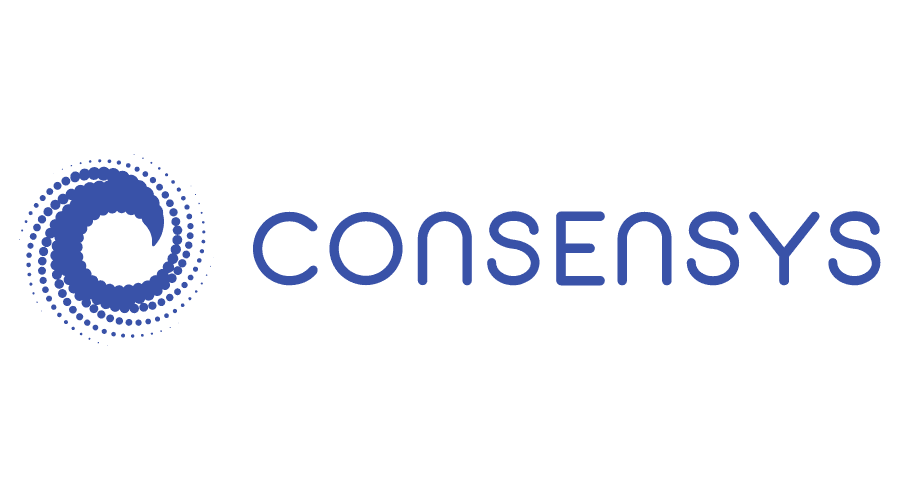Outsource key security, retain control.
Consensys Codefi and Securosys CloudsHSM provides convenience for Ethereum 2.0 validators to stake their ETH and offers truly enterprise-grade security throughout the Ethereum 2.0 transition period and beyond.
ConsenSys’ Codefi Staking provides a user interface for depositing ETH to the Eth2 Beacon Chain, and removes the challenges of operating independent validator nodes. Codefi Staking will rely on Teku, ConsenSys’ Eth2 client for institutional staking.
Integration with the Securosys ecosystem brings the highest level of security to the process, as stakers can seamlessly create keys directly in the Primus Hardware Security Modules (HSMs) and protect them with Securosys’ key control mechanisms.
There are multiple levels of authentication and authorization that ensure that the stakers do not relinquish control over the Eth2 withdrawal keys.
While Securosys authentication mechanisms ensure security of the keys against external attacks, their safety against various failure factors is also paramount for long-term storage.
It is not just any kind of security. It is the highest level of security and also convenience you will get. With the combination of Securosys Hardware Security Modules and Codefi, you seamlessly move from Eth1 to Eth2.
Non-custodial
There is no need to trade control for convenience and security. Securosys Smart Key Attributes provide Codefi customers with maximum security and allow them to maintain full control over assets.
Enterprise-grade and scalable
Built on highly resilient and reliable hardware that secures the Swiss financial system, Securosys HSM clusters can process millions of keys and thousands of transactions per second.
Key security done by professionals
Seamless integration with Codefi
Securely create Eth2 keys in the HSM and retrieve staking smart contract payloads, all from the convenience of the Codefi UI.
Flexible multi-authorization setup
Reuse Eth1 keys
ConSensys

ConsenSys is the leading Ethereum software company. They enable developers, enterprises, and people worldwide to build next-generation applications, launch modern financial infrastructure, and access the decentralized web. Their product suite, composed of Infura, Quorum, Truffle, Codefi, MetaMask, and Diligence, serves millions of users, supports billions of blockchain-based queries for our clients, and has handled billions of dollars in digital assets. Ethereum is the largest programmable blockchain in the world, leading in business adoption, developer community, and DeFi activity. On this trusted, open source foundation, they are building the digital economy of tomorrow.
ConsenSys Codefi is the blockchain application suite powering next-generation commerce and finance. It is their vision to lead the convergence of existing and decentralized financial technologies to create more accessible and equitable financial services for everyone, everywhere. They work with financial institutions, global enterprises, and Ethereum projects to optimize business processes, digitize financial instruments, activate markets and networks, and deploy production-ready blockchain solutions.
For more information, visit: consensys.net
Achieving the highest level of security with other tools like air-gapped laptops, USB keys, HW, or paper wallets is costly because you have to compensate for cheap hardware with expensive operations like key ceremonies, custodial fees, and audits.
Solution: Outsource as much of the necessary security costs to the purpose-designed hardware and the professionals who run a service on it.
In Eth2 systems it is not possible to change the quorum of a multi-sig address directly. The only way to do this is to transfer the asset to a new address, which won't be possible for Eth2 addresses until Phase 2. So, for example, if an employee leaves the company, their key cannot be revoked - it must be transferred to someone else, with the risk that the employee will retain a copy.
Solution: Smart Key Attributes - The multi-authorization setup defined in SKA can be securely changed at any time, as long as the required policies for such a change are met. The new setup can be cryptographically verified at any time.
For those who want to use a multi-signature setup, they need to generate and distribute new keys.
Solution: They can reuse their Eth1 keys as approval keys for Smart Key Attributes.
It might be necessary or beneficial for clients to prove that they have created their Eth2 keys securely and/or that they still control them. The former can be achieved by a audited key ceremony, which is costly and, of course, if it was not done initially, cannot be done retroactively. Control of the key is then verified by signing with it, which could potentially expose the key and is operationally costly, especially in the case of a multi-signature setup.
Solution: Key attestation provides cryptographic proof that the key was generated in the HSM, is stored there, has not been exported, and cannot be exported, and also provides proof of key protection through SKA policies.
Contact us to get more information on product features or pricing.
Contact us to get more information on product features or pricing.